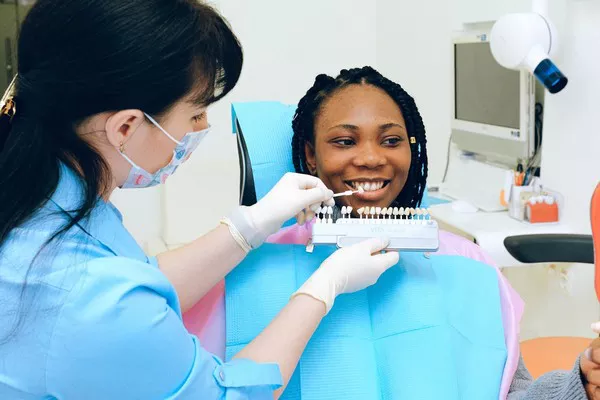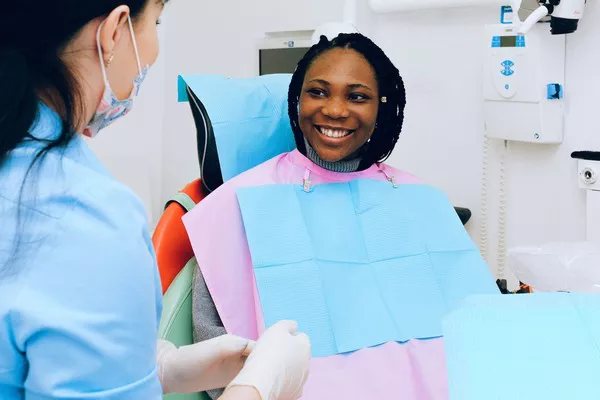Dental fillings are common procedures used to restore teeth damaged by decay or trauma. After undergoing a dental filling, patients often wonder when they can safely resume eating. It is essential to understand the post-filling care guidelines to ensure the longevity and success of the restoration. In this comprehensive article, we will explore the factors that determine the timing for eating after a dental filling, considerations for different types of fillings, potential risks, and helpful tips for maintaining oral health during the recovery period.
Factors Influencing Eating After Dental Fillings
Several factors play a role in determining when it is safe to eat after a dental filling:
Type of Filling Material:
The type of filling material used can impact the setting time and durability of the restoration. Different filling materials have varying setting times, with some hardening immediately, while others may take longer.
Filling Size and Location:
The size and location of the filling also affect the timing for eating. Large fillings or those close to biting surfaces may require additional time to set and stabilize.
Anesthesia Effects:
If local anesthesia was administered during the filling procedure, it is important to wait until the feeling returns fully before attempting to eat to avoid injury from accidental biting.
Composite Resins:
Composite resin fillings, often used for their aesthetic appeal, may require additional precautions as they can be more susceptible to damage while still setting.
Immediate Post-Filling Care Guidelines
Following a dental filling, it is crucial to adhere to specific care guidelines to promote healing and protect the newly restored tooth. These guidelines typically include the following:
Avoid Chewing on the Numb Side: If you received local anesthesia, wait until sensation returns fully to avoid accidental biting or injury to the tongue, lips, or cheeks.
Wait for Anesthetic Effects to Wear Off: Allow enough time for the numbing effects of anesthesia to wear off completely before attempting to eat. This typically takes a few hours.
Soft Foods and Cold Beverages: Initially, opt for soft foods that require minimal chewing, such as mashed potatoes, yogurt, or soup. Avoid hot liquids or beverages immediately after the filling, as they may increase sensitivity.
Timing for Eating After Different Types of Fillings
The timing for eating may vary depending on the type of filling material used:
Amalgam Fillings: Amalgam fillings, composed of a mixture of metals, harden quickly and are generally safe for eating right after the procedure. However, it is still advisable to start with softer foods initially.
Composite Resin Fillings: Composite resin fillings require a curing light to set properly. While they harden immediately, they may benefit from additional time before eating solid foods to ensure optimal durability.
Glass Ionomer and Temporary Fillings: Glass ionomer and temporary fillings have shorter setting times compared to other materials. However, they may need some extra time to fully harden before resuming normal eating habits.
Potential Risks and Precautions
Eating too soon or without proper care after a dental filling can pose risks and compromise the success of the restoration. Some potential risks include:
Premature Dislodgement: Eating too soon after a dental filling may cause the restoration to become dislodged or damaged.
Increased Sensitivity: The tooth may experience heightened sensitivity immediately after the filling procedure. It is advisable to avoid extremely hot or cold foods and beverages during this time.
Biting Trauma: Accidentally biting down on hard or sticky foods before the anesthesia wears off can result in injury to the soft tissues of the mouth or damage to the newly filled tooth.
Tips for Maintaining Oral Health After Fillings
To ensure the success and longevity of your dental filling, it is important to take proper care of your oral health post-treatment. Consider the following tips:
Gentle Oral Hygiene: Continue practicing regular oral hygiene routines, including brushing twice a day with a soft-bristled toothbrush and flossing gently around the filled tooth.
Avoid Sticky or Hard Foods: Minimize consumption of sticky or hard foods that may dislodge or damage the filling. Opt for softer options initially and gradually reintroduce harder textures as advised by your dentist.
Bite Carefully: Be mindful of your chewing habits and avoid using excessive force on the filled tooth. Chew slowly and distribute pressure evenly across the mouth.
Attend Follow-Up Appointments: Schedule and attend any recommended follow-up appointments with your dentist to monitor the progress of the filling and address any concerns.
Related Topics:





























